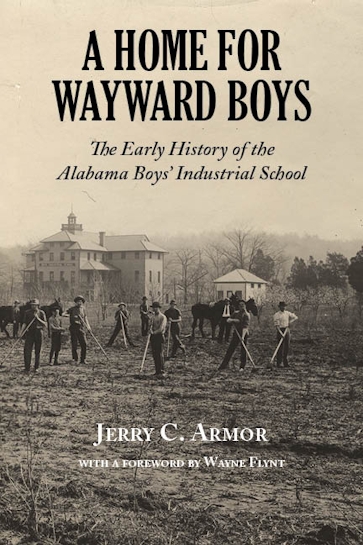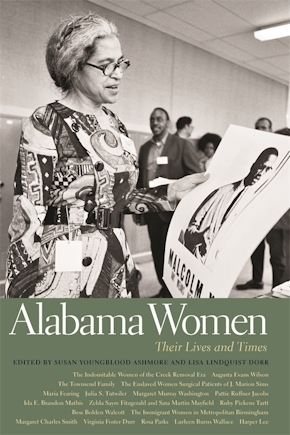Home for Wayward Boys, A
The Early History of the Alabama Boys’ Industrial School
Title Details
Pages: 202
Illustrations: 24 images
Trim size: 6.000in x 9.000in
Formats
Paperback
Pub Date: 03/01/2015
ISBN: 9-781-6030-6345-6
List Price: $24.95
eBook
Pub Date: 03/01/2015
ISBN: 9-781-6030-6378-4
List Price: $24.95
Imprint
NewSouth BooksRelated Subjects
HISTORY / United States / State & Local / South (AL, AR, FL, GA, KY, LA, MS, NC, SC, TN, VA, WV)
Home for Wayward Boys, A
The Early History of the Alabama Boys’ Industrial School
Skip to
- Description
- Reviews
As Elizabeth Johnston walked among the convicts in an Alabama prison mining camp, she was stunned to see teenage boys working alongside hardened criminals. As a result of that disturbing experience, she vowed to remove youngsters from such wretched conditions by establishing a home for wayward boys. With the support of women across the state, she persuaded the Alabama legislature to establish the Alabama Boys’ Industrial School in 1900. After several difficult years, Johnston and her all-female board made a once-in-a-lifetime decision by hiring a young couple from Tennessee, David and Katherine Weakley, as superintendent and matron. United by their Christian faith, their love for the boys, and some basic principles on how the boys should be molded into men, Johnston and the Weakleys labored together for decades to make the school one of the nation’s premier institutions of its kind. A Home for Wayward Boys is the inspiring story of the school, its leaders, and the youngsters who lived there. The book’s audience is not limited to those professionally interested in the social sciences and cultural history, but also to social workers, youth leaders, teachers, and parents—in fact, to anyone interested in the transforming power of love.
A Home for Wayward Boys tells the story of Alabama’s oldest school for what we now call juvenile delinquents, and its founding in 1900 by a group of progressive women led by Elizabeth Evans Johnston. The school was named the Alabama Boys’ Industrial School. The book offers an excellent overview of historic efforts to deal with juvenile delinquency in the U.S., showing that there is no alternative to the loving professional care the founders of the Alabama Boys’ Industrial School gave so generously in their day. Today people such as the author of this engaging and very readable book are showing us the way we must go.
—Lagniappe
Jerry Armor perfectly describes the origins of Elizabeth Johnston’s undying passion for ‘wayward boys.’ This book ensures that we do not forget Alabama’s first lobbyist for needy children and her lifetime commitment to them.
—Sue Bell Cobb, author of There Must Be a Witness: Stories of Abuse, Advocacy, and the Fight to Put Children First
A Home For Wayward Boys: The Early History of the Alabama Boys' Industrial School will capture your attention right away, holding it until the final page. Perhaps Armor's book will reach the right people—those who might learn a lesson from the past, in order to make a difference in the future.
—Moulton Advertiser
This firsthand account of vision and passion captures the noble effort to establish Alabama’s first juvenile home for vulnerable young men. A Home for Wayward Boys is an inspiring history that deserves to be read. Thank you, Jerry Armor.
—Bud Cramer, former Congressman
An eye-opening look at the 75-year history of the Alabama Boys' Industrial School, especially the school's difficult formative years. Uplifting.
—Si Dunn, owner, Books, Books & More (New) Books



